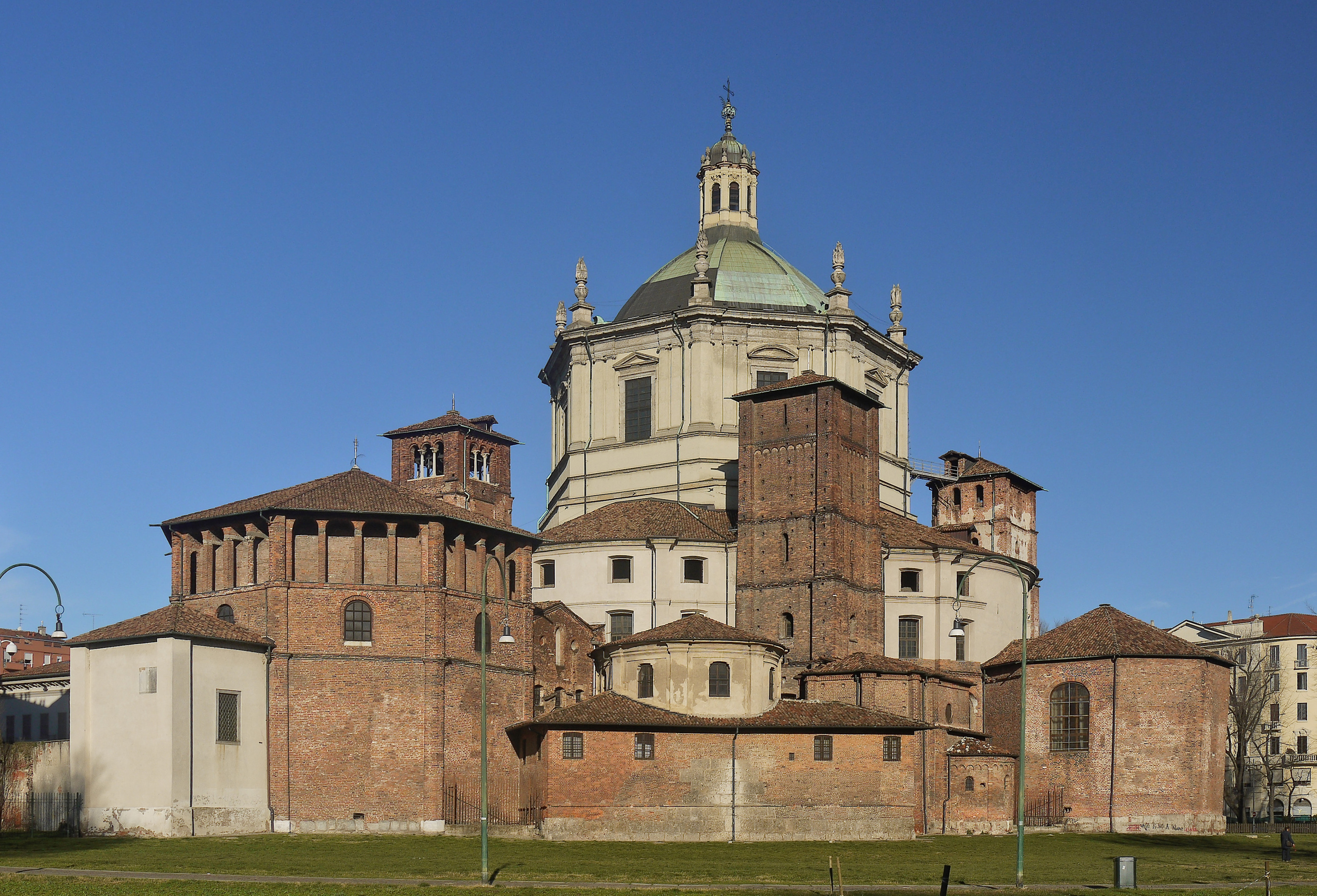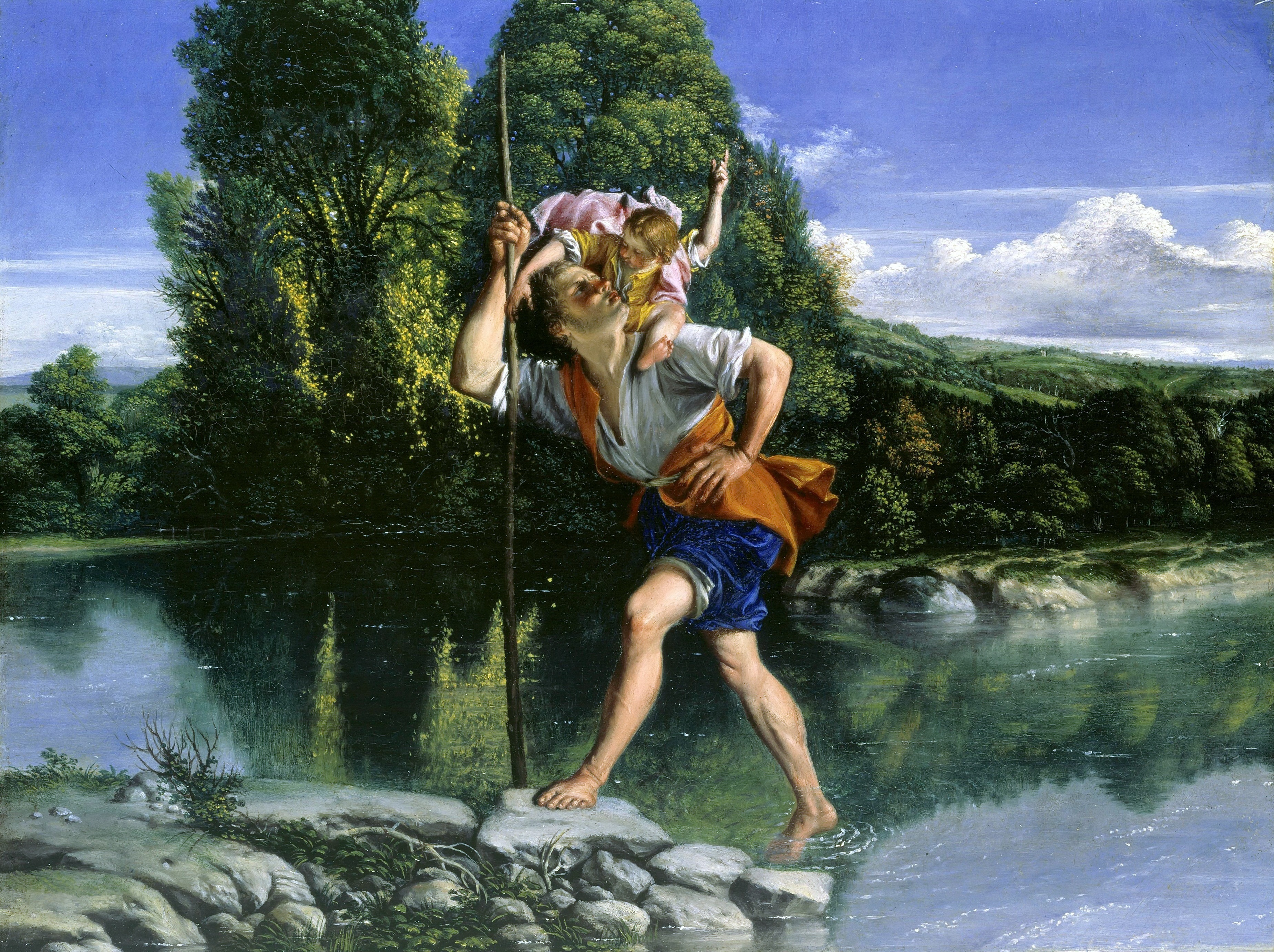|
Antigonea
Antigonia (), also transliterated as Antigonea and Antigoneia, was an ancient Greece, ancient Greek city in Chaonia, Epirus, and the chief inland city of the ancient Chaonians. It is located just south of the village of Saraqinisht, Gjirokastër County, Albania. The area has been declared a National Archaeological Park. The site Antigoneia was built on a strategic location at 600 metres above sea level on an almost impregnable hill overlooking the settlements in the Drino valley from where it could control access through the mountains and to the sea. History It was founded in the 3rd century BC by Pyrrhus of Epirus, who named it after one of his wives, Antigone of Epirus, Antigone, daughter of Berenice I of Egypt, Berenice I and step-daughter of Ptolemy I of Egypt. The straits near Antigonia were mentioned in 230 BC, when a force of Illyrians under Scerdilaidas passed the city to join an invading army further south. In 198 BC, during the Second Macedonian War, the Romans ... [...More Info...] [...Related Items...] OR: [Wikipedia] [Google] [Baidu] |
Chaonians
The Chaonians () were an Ancient Greeks, ancient Greek people that inhabited the historical Epirus, region of Epirus which today is part of northwestern Greece and southern Albania.; ; ; ; ; Together with the Molossians and the Thesprotians, they formed the main tribes of the northwestern Greek group. In historical times on their southern frontier lay the Epirote kingdom of the Molossians, to their southwest stood the kingdom of the Thesprotians, and to their north the Illyrians. By the 5th century BC, they had conquered and combined to a large degree with the neighboring Thesprotians and Molossians. The Chaonians were part of the Epirote League until 170 BC when their territory was annexed by the Roman Republic. Name Attestation The ethnic name Χάονες ''Cháones'' is attested indirectly in the fragments of Hecataeus of Miletus ( 500 BC), the author of Περίοδος Γῆς or Περιήγησις (''Description of the Earth or Periegesis''), which have been preserved ... [...More Info...] [...Related Items...] OR: [Wikipedia] [Google] [Baidu] |
Antigonea House With Peristyle
Antigonia (), also transliterated as Antigonea and Antigoneia, was an ancient Greek city in Chaonia, Epirus, and the chief inland city of the ancient Chaonians. It is located just south of the village of Saraqinisht, Gjirokastër County, Albania. The area has been declared a National Archaeological Park. The site Antigoneia was built on a strategic location at 600 metres above sea level on an almost impregnable hill overlooking the settlements in the Drino valley from where it could control access through the mountains and to the sea. History It was founded in the 3rd century BC by Pyrrhus of Epirus, who named it after one of his wives, Antigone, daughter of Berenice I and step-daughter of Ptolemy I of Egypt. The straits near Antigonia were mentioned in 230 BC, when a force of Illyrians under Scerdilaidas passed the city to join an invading army further south. In 198 BC, during the Second Macedonian War, the Romans marched against the Macedonian armies of Philip V. His ... [...More Info...] [...Related Items...] OR: [Wikipedia] [Google] [Baidu] |
Saraqinisht
Saraqinisht is a small village of the former Antigonë municipality in the Gjirokastër County, southern Albania. At the 2015 local government reform it became part of the municipality Gjirokastër. Near the village are the remains of the ancient city of Antigonea, which was founded by Pyrrhus of Epirus, and named after his wife, Antigone ANTIGONE (Algorithms for coNTinuous / Integer Global Optimization of Nonlinear Equations), is a deterministic global optimization solver for general Mixed-Integer Nonlinear Programs (MINLP). History ANTIGONE is an evolution of GloMIQO, a global .... Saraqinisht is inhabited by an Orthodox Albanian population and an Aromanian minority.Kallivretakis, Leonidas (1995).Η ελληνική κοινότητα της Αλβανίας υπό το πρίσμα της ιστορικής γεωγραφίας και δημογραφίας [The Greek Community of Albania in terms of historical geography and demography" In Nikolakopoulos, Ilias, Kouloubis ... [...More Info...] [...Related Items...] OR: [Wikipedia] [Google] [Baidu] |
Tetraconch
A tetraconch, from the Greek for "four shells", is a building, usually a church architecture, church or other religious building, with four apses, one in each direction, usually of equal size. The basic ground plan of the building is therefore a Cross-in-square, Greek cross. They are most common in Byzantine Empire, Byzantine, and related schools such as Armenian architecture, Armenian and Architecture of Georgia, Georgian architecture. It has been argued that they were developed in these areas or Syria, and the issue is a matter of contention between the two nations in the Caucasus. Apart from churches, the form is suitable for a mausoleum or baptistery. Normally, there will be a higher central dome over the central space. Overview The Basilica of San Lorenzo, Milan (370) is possibly the first example of a grander type, the "aisled tetraconch", with an outer ambulatory. In middle Byzantine architecture, the cross-in-square plan was developed, essentially filling out the tetraco ... [...More Info...] [...Related Items...] OR: [Wikipedia] [Google] [Baidu] |
Tirana
Tirana ( , ; ) is the capital and List of cities and towns in Albania, largest city of Albania. It is located in the centre of the country, enclosed by mountains and hills, with Dajti rising to the east and a slight valley to the northwest overlooking the Adriatic Sea in the distance. It is among the wettest and sunniest cities in Europe, with 2,544 hours of sun per year. Tirana was founded in 1614 by Ottoman Albanian general Sulejman Bargjini, Sylejman Pasha Bargjini, centered on the Sulejman Pasha Mosque, Old Mosque and ''Sulejman Pasha Tomb, türbe''. The city was fairly unimportant until the 20th century, when the Congress of Lushnjë proclaimed it as Albania's capital after the Albanian Declaration of Independence in 1912. The site of present-day Tirana has been continuously inhabited since the Iron Age and was likely the core of the Illyrian kingdom of the Taulantii, which in classical antiquity was centred in the hinterland of Durrës, Epidamnus. Following the Illyrian ... [...More Info...] [...Related Items...] OR: [Wikipedia] [Google] [Baidu] |
Poseidon
Poseidon (; ) is one of the twelve Olympians in ancient Greek religion and mythology, presiding over the sea, storms, earthquakes and horses.Burkert 1985pp. 136–139 He was the protector of seafarers and the guardian of many Hellenic cities and colonies. In pre-Olympian Bronze Age Greece, Poseidon was venerated as a chief deity at Pylos and Thebes, with the cult title "earth shaker"; in the myths of isolated Arcadia, he is related to Demeter and Persephone and was venerated as a horse, and as a god of the waters.Seneca quaest. Nat. VI 6 :Nilsson Vol I p.450 Poseidon maintained both associations among most Greeks: he was regarded as the tamer or father of horses, who, with a strike of his trident, created springs (the terms for horses and springs are related in the Greek language).Nilsson Vol I p.450 His Roman equivalent is Neptune. Homer and Hesiod suggest that Poseidon became lord of the sea when, following the overthrow of his father Cronus, the world was divided ... [...More Info...] [...Related Items...] OR: [Wikipedia] [Google] [Baidu] |
Slavic Migrations To The Balkans
Early Slavs began mass migrating to Southeastern Europe between the first half of the 6th and 7th century in the Early Middle Ages. The rapid demographic spread of the Slavs was followed by a population exchange, mixing and language shift to and from Slavic. The settlement was facilitated by the substantial decrease of the Southeastern European population during the Plague of Justinian. Another reason was the Late Antique Little Ice Age from 536 to around 660 CE and the series of wars between the Sasanian Empire and the steppe nomads against the Eastern Roman Empire. After the arrival of the Pannonian Avars in the mid-6th century, they continued to conduct incursions into Roman territory, often independently of Avar's influence. After the failed siege of Constantinople in the summer of 626, and successful revolt against the Avars, they remained in the wider Southeast Europe area after they had settled the Byzantine provinces south of the Sava and Danube rivers, from the Adria ... [...More Info...] [...Related Items...] OR: [Wikipedia] [Google] [Baidu] |
Lucius Aemilius Paullus Macedonicus
Lucius Aemilius Paullus Macedonicus (c. 229 – 160 BC) was a Roman consul, consul of the Roman Republic, as well as a general, who conquered the kingdom of Macedon, Macedonia during the Third Macedonian War. Family Paullus' father was Lucius Aemilius Paullus (consul 219 BC), Lucius Aemilius Paullus, the consul defeated and killed in the Battle of Cannae. He was, in his time, the head of his branch of the Aemilia gens, Aemilii Paulii, an old and aristocratic Patrician (ancient Rome), patrician family. Their influence was immense, particularly due to their fortune and alliance with the Cornelii Scipiones. He was father to Scipio Aemilianus and another son known as Fabius, who were tutored by Paullus' friend Polybius. Early career After the fulfillment of Paullus' military service, and being elected military tribune, he was elected curule aedile in 193. The next step of his ''cursus honorum'' was his election as praetor in 191. During his term of office, he went to the Hispa ... [...More Info...] [...Related Items...] OR: [Wikipedia] [Google] [Baidu] |
Palaeo-Christian
Early Christianity, otherwise called the Early Church or Paleo-Christianity, describes the historical era of the Christian religion up to the First Council of Nicaea in 325. Christianity spread from the Levant, across the Roman Empire, and beyond. Originally, this progression was closely connected to already established Jewish centers in the Holy Land and the Jewish diaspora throughout the Eastern Mediterranean. The first followers of Christianity were Jews who had converted to the faith, i.e. Jewish Christians, as well as Phoenicians, i.e. Lebanese Christians. Early Christianity contains the Apostolic Age and is followed by, and substantially overlaps with, the Patristic era. The Apostolic sees claim to have been founded by one or more of the apostles of Jesus, who are said to have dispersed from Jerusalem sometime after the crucifixion of Jesus, c. 26–33, perhaps following the Great Commission. Early Christians gathered in small private homes,Paul, for example, greets a ... [...More Info...] [...Related Items...] OR: [Wikipedia] [Google] [Baidu] |
Saint Christopher
Saint Christopher (, , ; ) is venerated by several Christian denominations. According to these traditions, he was a martyr killed in the reign of the 3rd-century Roman Empire, Roman emperor Decius (), or alternatively under the emperor Maximinus Daia (). Churches and monasteries were named after him by the 7th century. There is no evidence for the historicity of the saint.Britannica, The Editors of Encyclopaedia. "Saint Christopher" Encyclopedia Britannica, 25 July 2024, https://www.britannica.com/biography/Saint-Christopher. Accessed 25 October 2024. The most famous legend connected to the saint recounts that after converting to Christianity, he devoted his life to carrying travelers across a river. One day he carried an unknown young boy across a river after which the boy reve ... [...More Info...] [...Related Items...] OR: [Wikipedia] [Google] [Baidu] |





